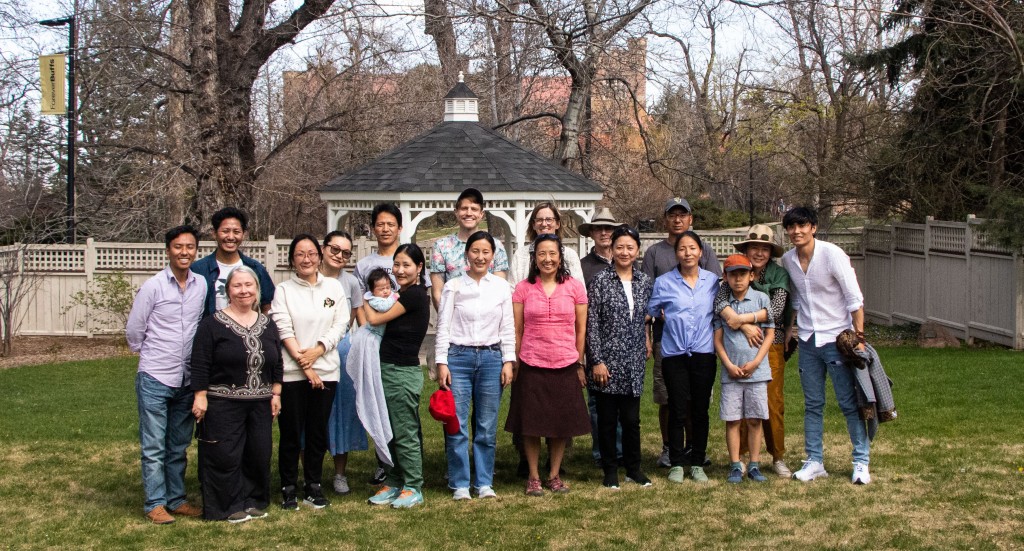
It’s been an amazing year of celebrating Tibetan women writers, thanks to the UVA Tibet Center, Tibet Himalaya Initiative at CU Boulder, Northwestern University, and more. In April, CU Boulder was honored to host Tibetan women writers Tsedrön Kyi, Nyima Tso, and Min Nangzey for a public reading of their works and lunch symposium with Tibet Himalaya Initiative faculty, graduate students, visiting scholars, and local translators. Thanks to Tashi Dekyid, Erin Burke, and Jue Liang for gathering an incredible group of Tibetan women writers from North America, India and China at UVA and arranging for some of them to visit other US universities.
Here are a few of the events that I have been honored to participate in and help with this year:
- Kayden Translation Symposium, “Buddhist Women and the Literary in Tibet,” on Friday, October 22, 2021 at CU Boulder
- Tibetan Women Writers Symposium, “A Celebration of Tibetan Women’s Literature,” at the University of Virginia, April 8-10, 2022
- Public Reading and Symposium, “Emerging Voices: Tibetan Women Writers,” on April 21-22, 2022 at CU Boulder
- Second Lotsawa Workshop, “Celebrating Buddhist Women’s Voices in the Tibetan Tradition,” on October 13-16, 2022 at Northwestern
- Paris Conference on Tibetan Women Writers at INALCO on January 5-7, 2023
It’s auspicious that this year was also the culmination of a collaboration with Somtso Bhum, my previous MA student now doing her Ph.D. at Northwestern University. Our article, “Parody and Pathos: Sexual Transgression by ‘Fake’ Lamas in Tibetan Short Stories,” was published in April 2022 in Revue d’Etudes Tibétaines. It takes up contemporary Tibetan short stories about sexual abuse by Buddhist lamas and features several short stories by Tsedrön Kyi.
More about the article:
Continue reading

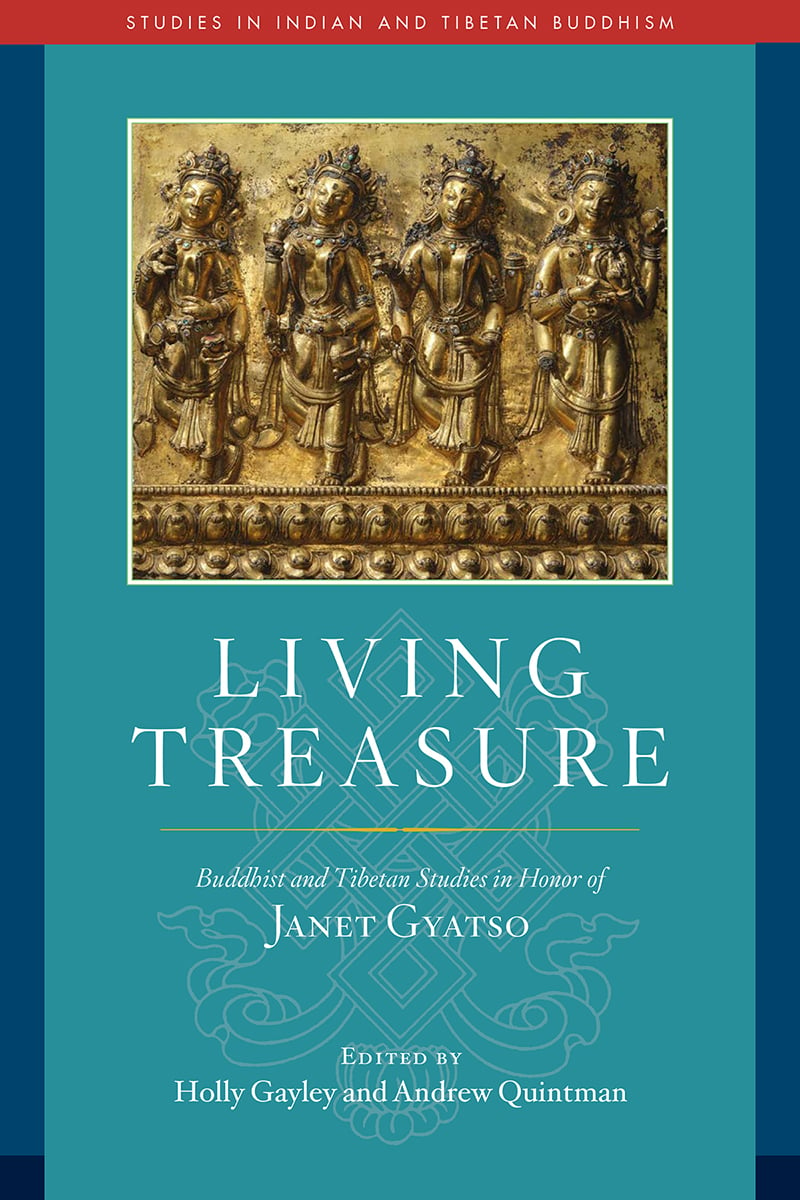
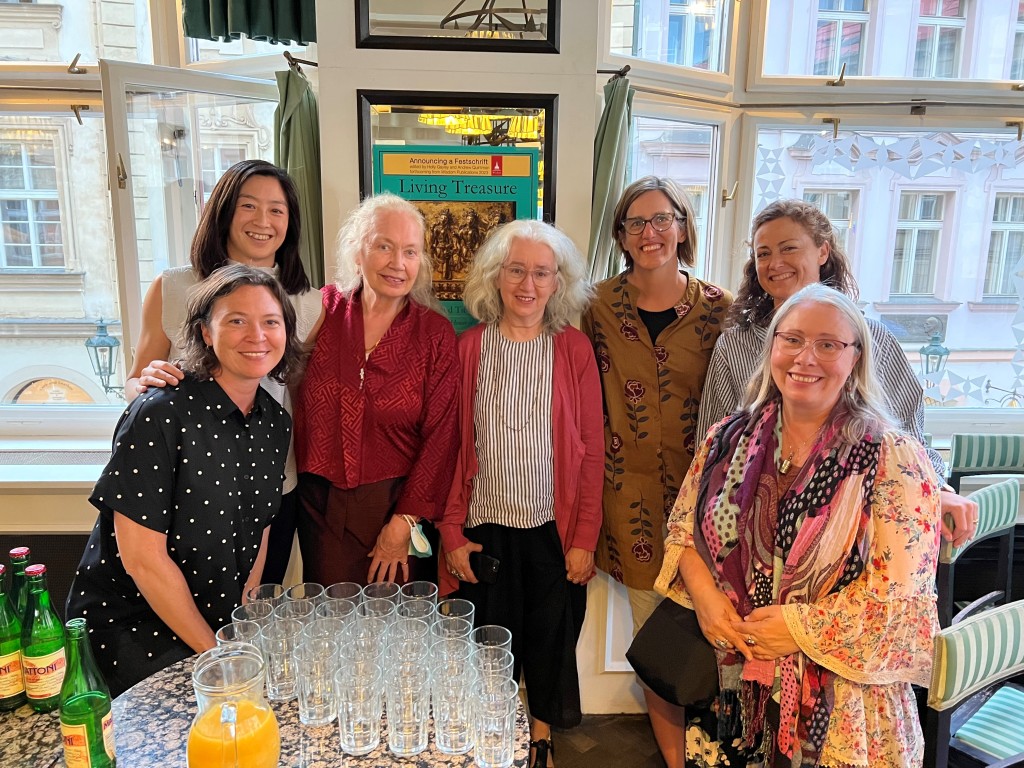
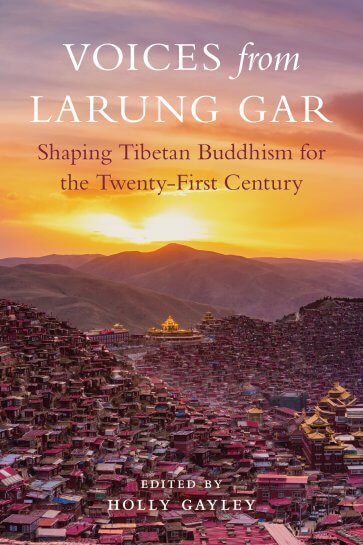
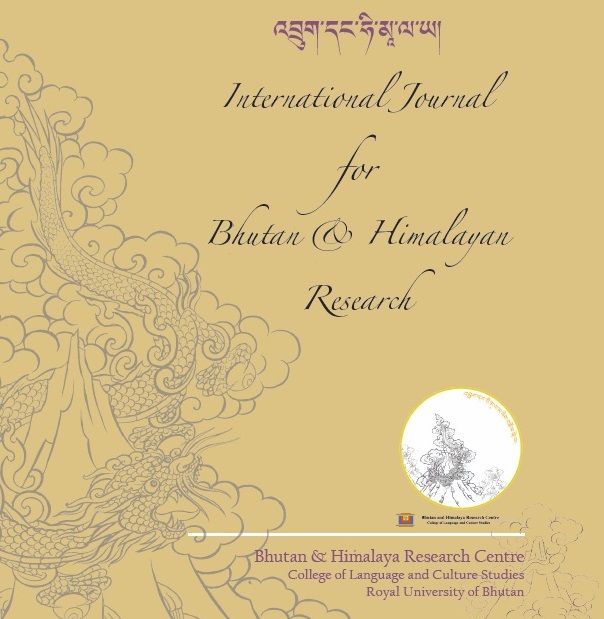
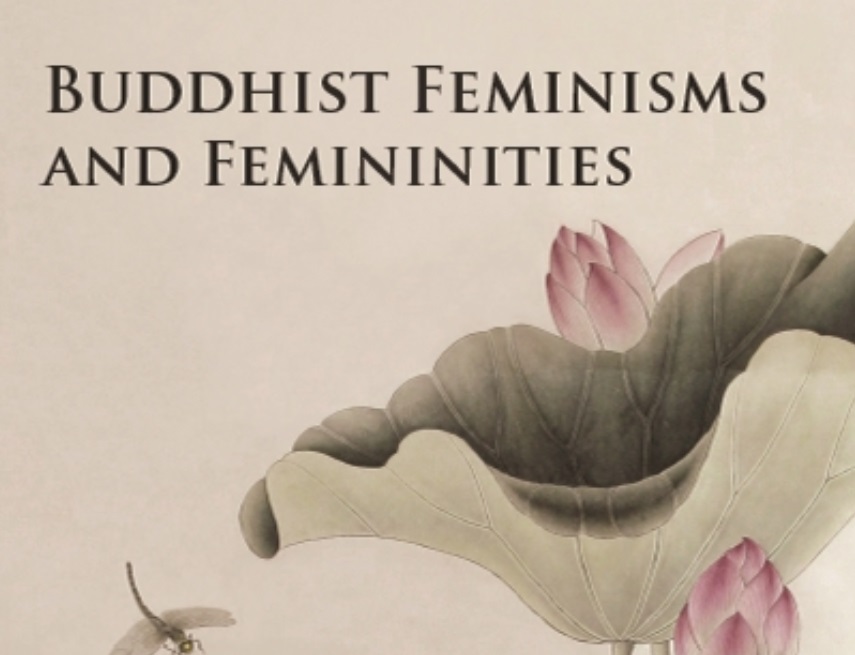
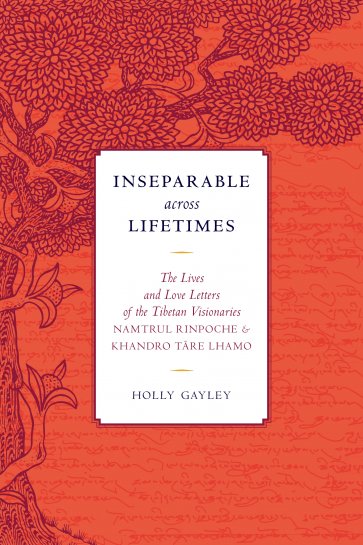 Awarded the Kayden Translation Award at CU Boulder.
Awarded the Kayden Translation Award at CU Boulder.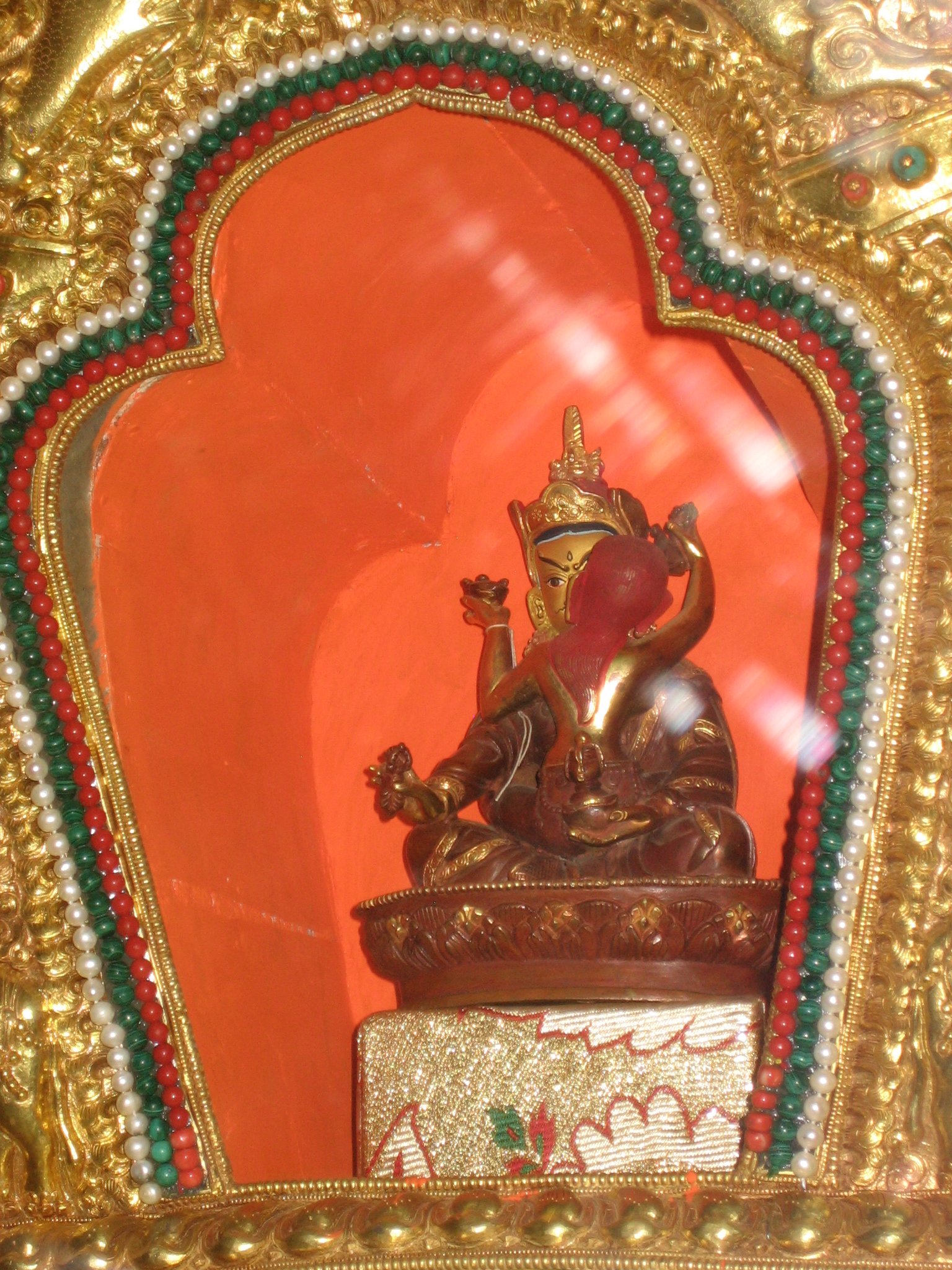 With the global #MeToo movement underway, and recent disclosures of sexual improprieties and alleged abuse within Tibetan Buddhist communities, it seems timely to revisit the topic of sexuality in Buddhist tantra.
With the global #MeToo movement underway, and recent disclosures of sexual improprieties and alleged abuse within Tibetan Buddhist communities, it seems timely to revisit the topic of sexuality in Buddhist tantra.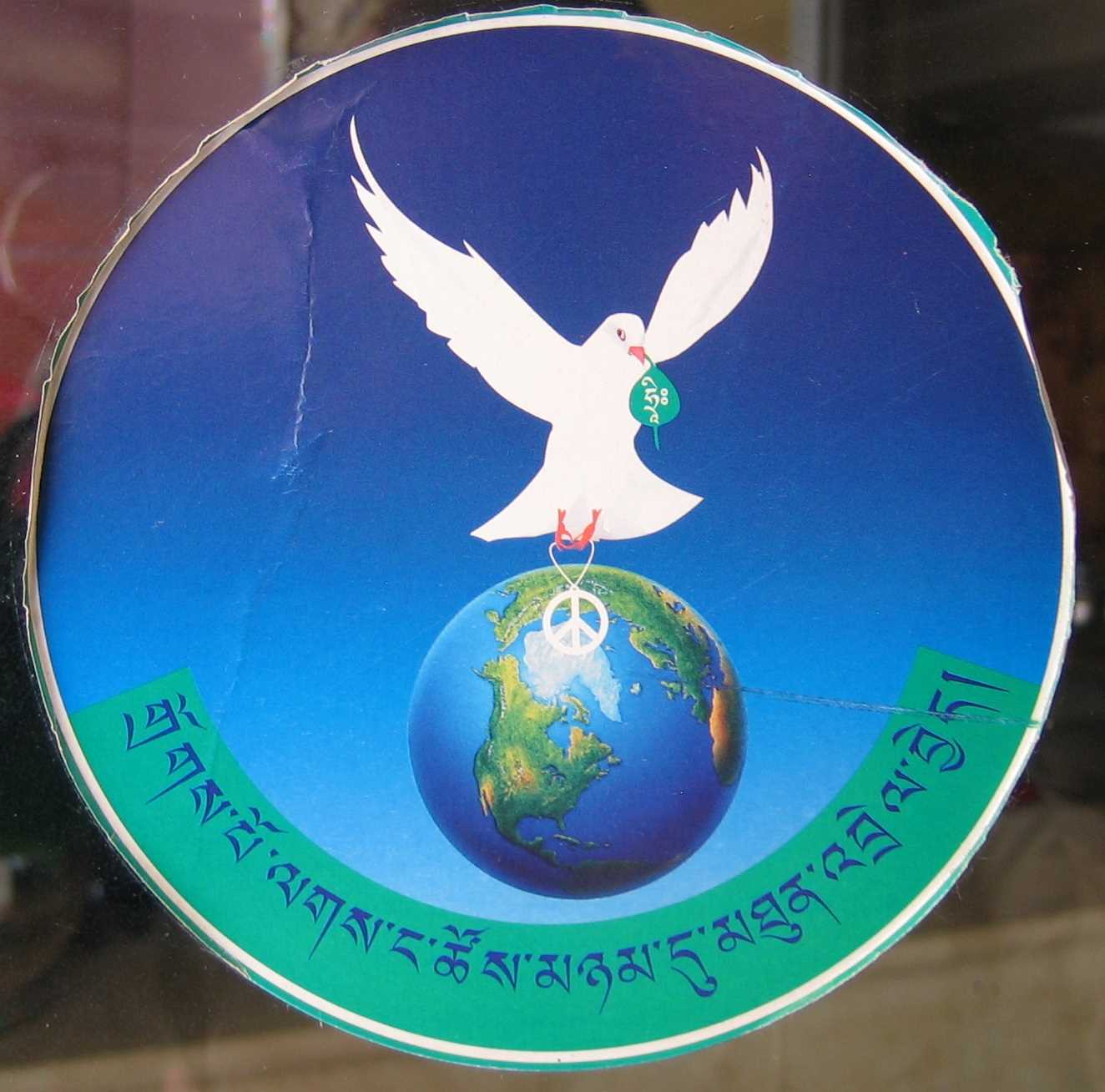 In the last decade on the Tibetan plateau and in the diaspora, several movements have emerged that interlink Tibetan identity and Buddhist ethics. These include the new “ten virtues” (dge bcu) promoted by Larung Buddhist Academy in eastern Tibet, the Lhakar or ‘White Wednesday’ (lhag dkar) movement underway since 2009, trends in Tibetan pop music, the ‘amulet for peace’ (zhi bde rtags ma) introduced in 2012, and more.
In the last decade on the Tibetan plateau and in the diaspora, several movements have emerged that interlink Tibetan identity and Buddhist ethics. These include the new “ten virtues” (dge bcu) promoted by Larung Buddhist Academy in eastern Tibet, the Lhakar or ‘White Wednesday’ (lhag dkar) movement underway since 2009, trends in Tibetan pop music, the ‘amulet for peace’ (zhi bde rtags ma) introduced in 2012, and more.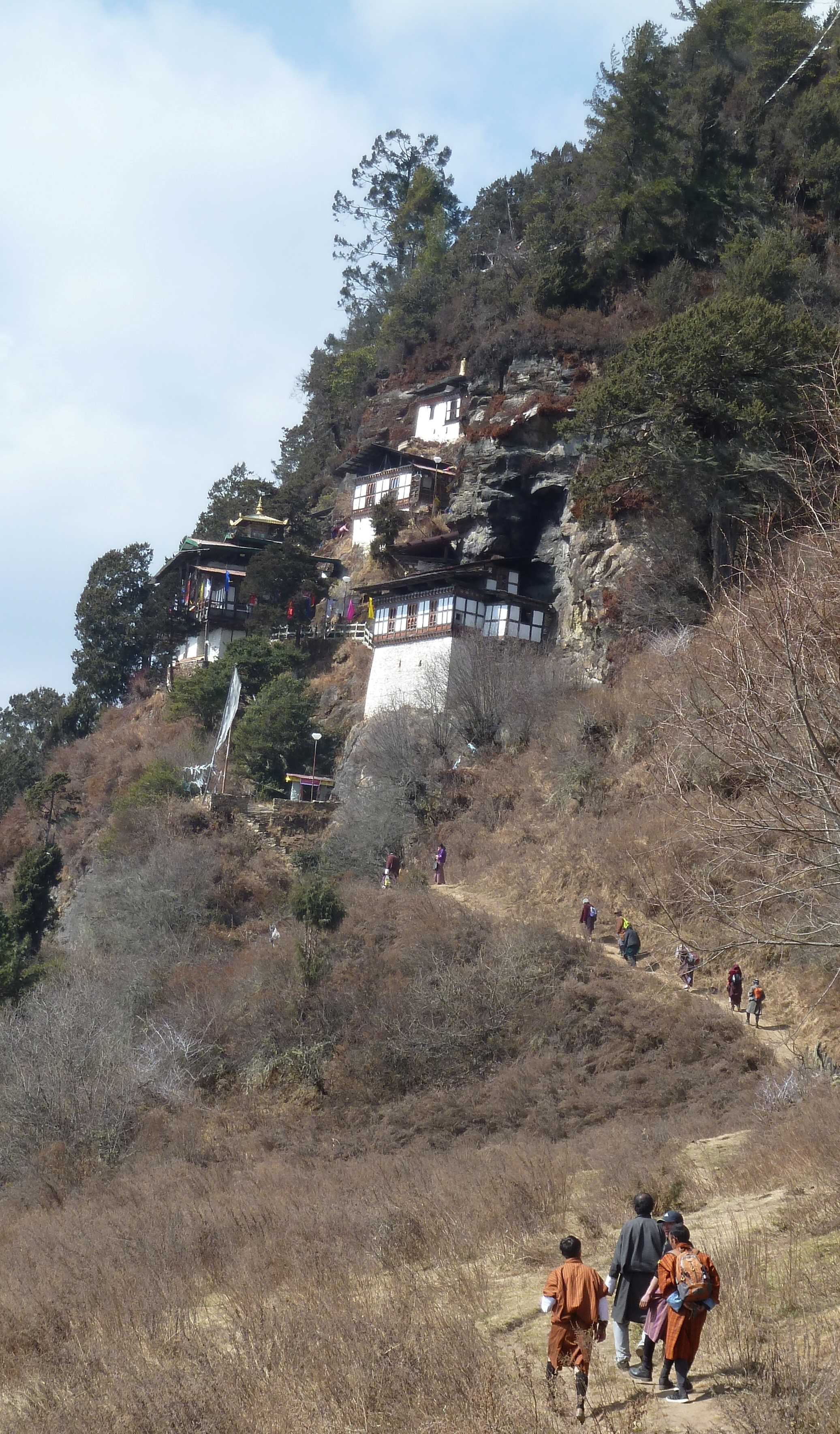 Visiting Bhutan again after fifteen years felt like coming full circle. My first research project explored the revelatory career of Pema Lingpa (1450–1521) after Sarah Harding invited me to write the introduction to her book of translations,
Visiting Bhutan again after fifteen years felt like coming full circle. My first research project explored the revelatory career of Pema Lingpa (1450–1521) after Sarah Harding invited me to write the introduction to her book of translations,